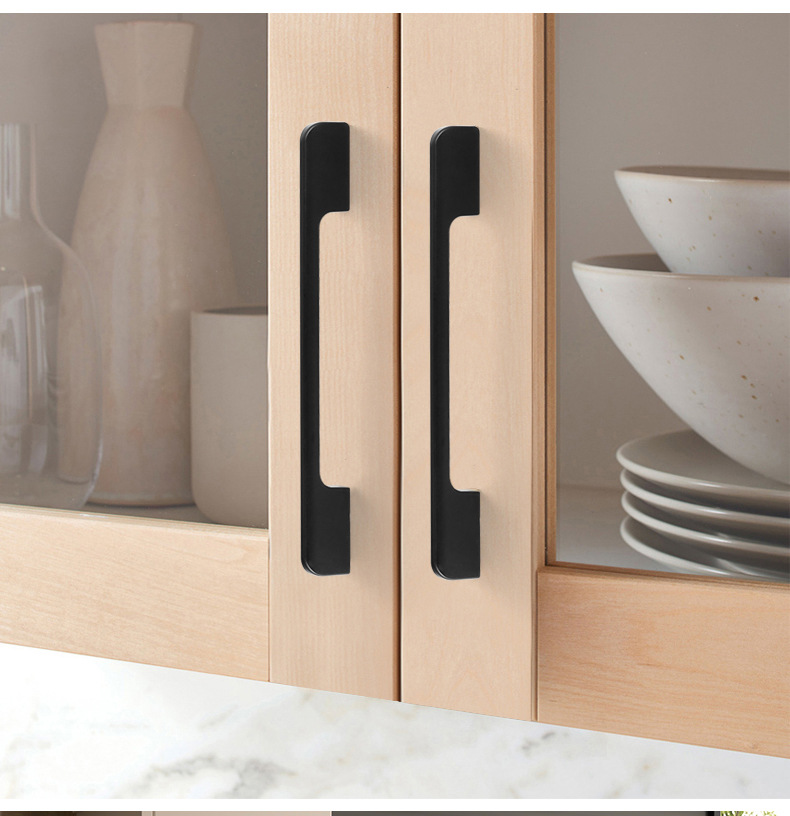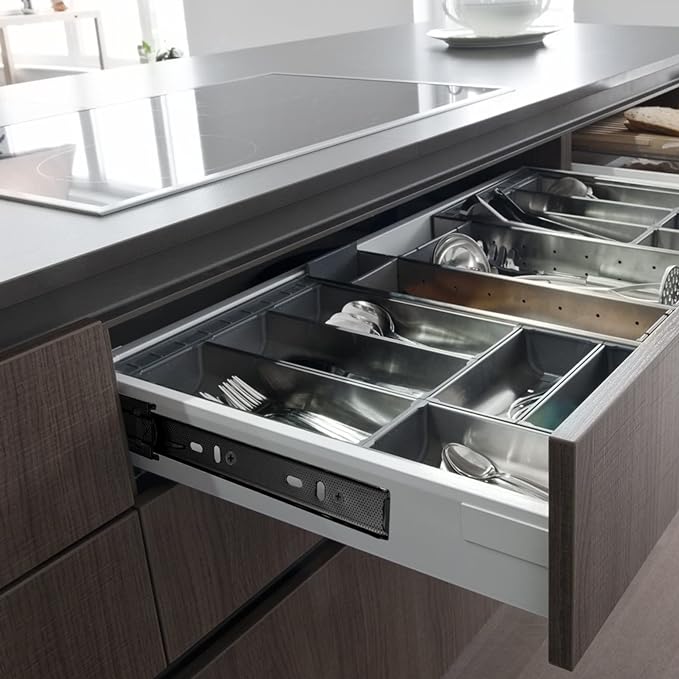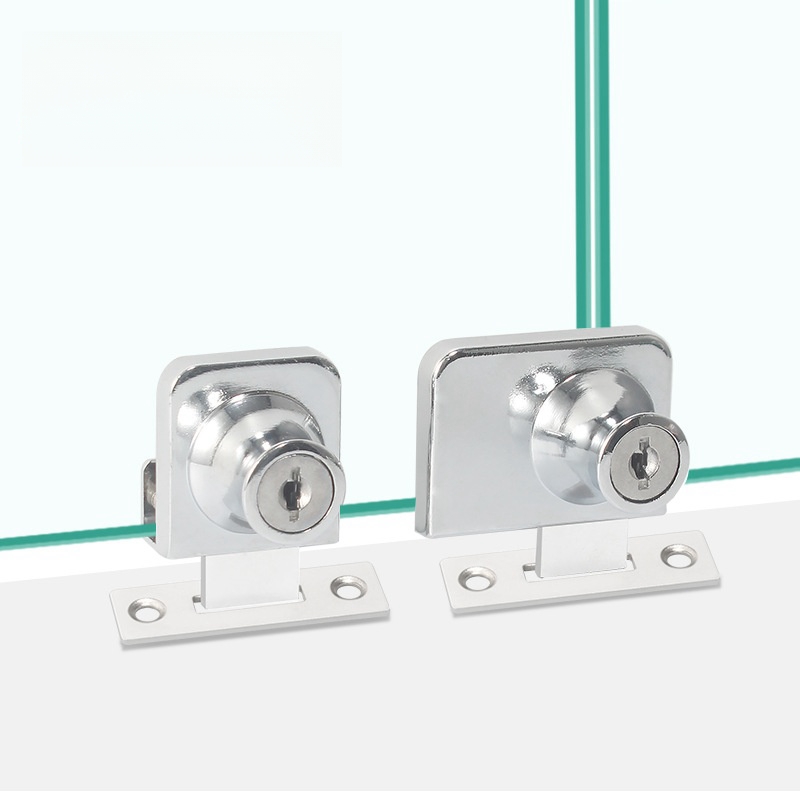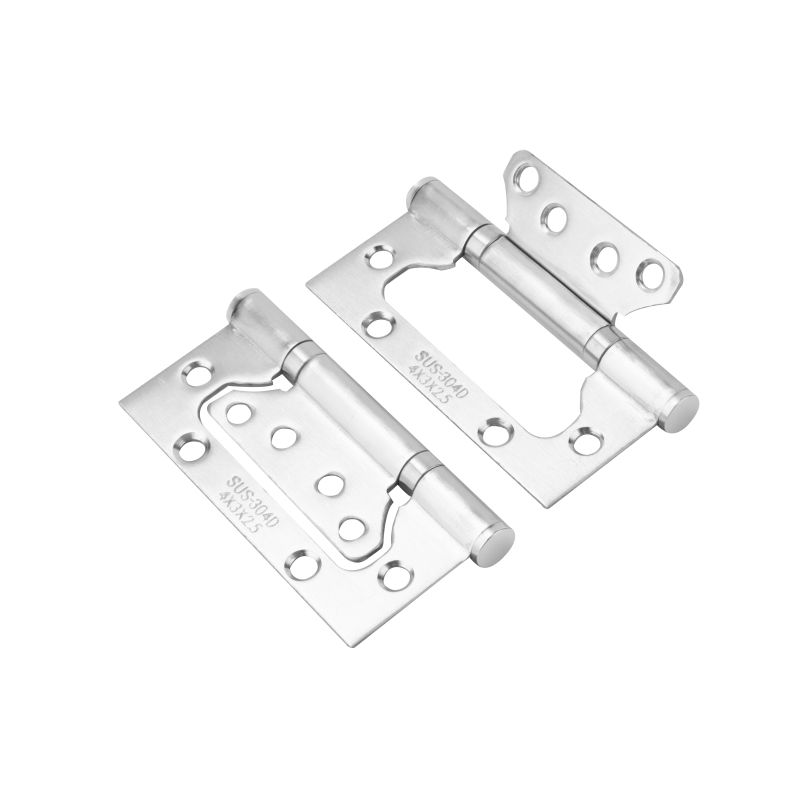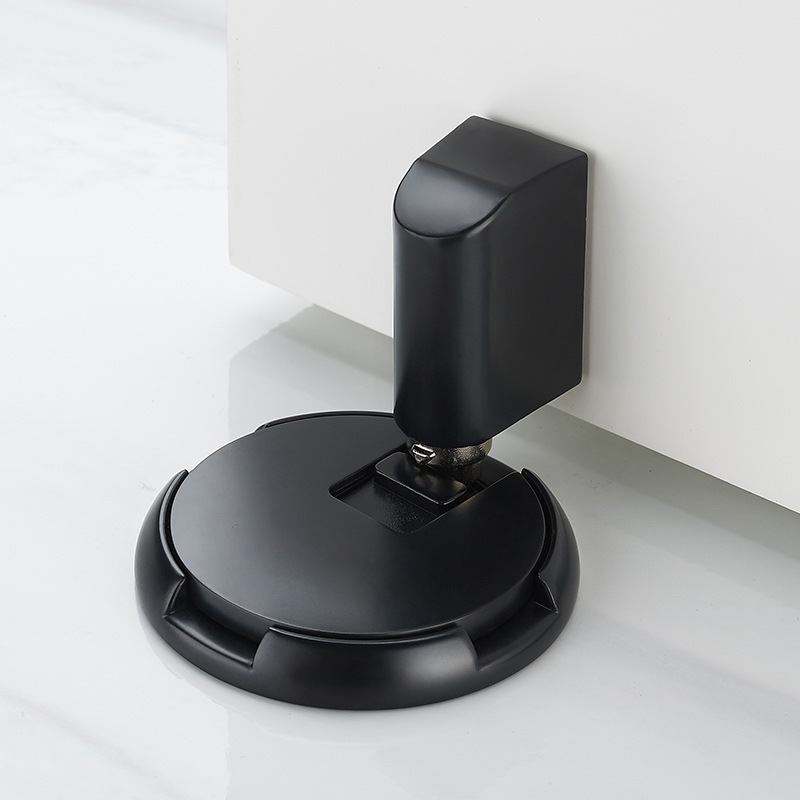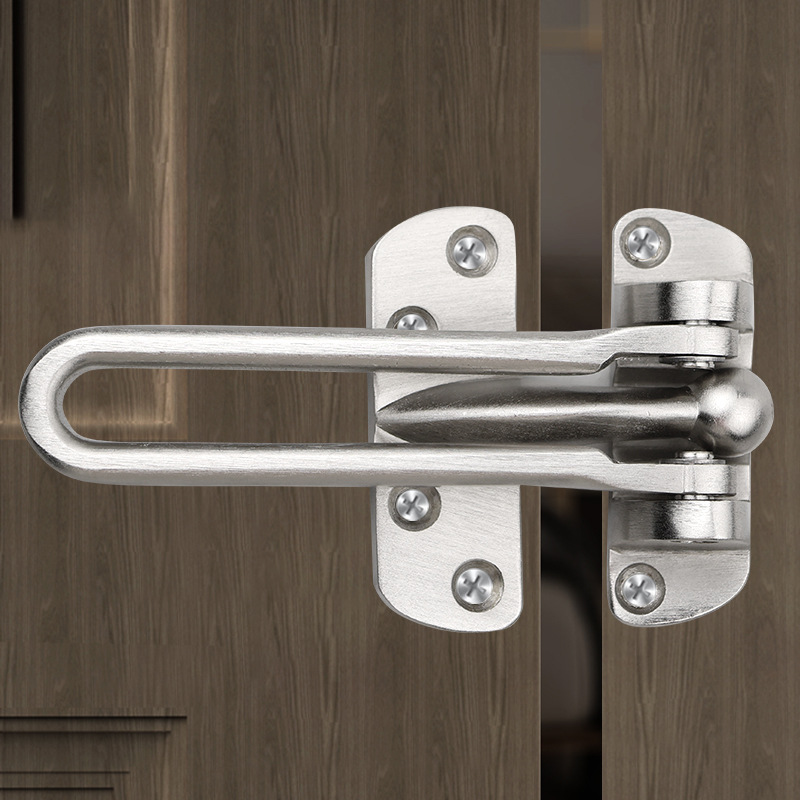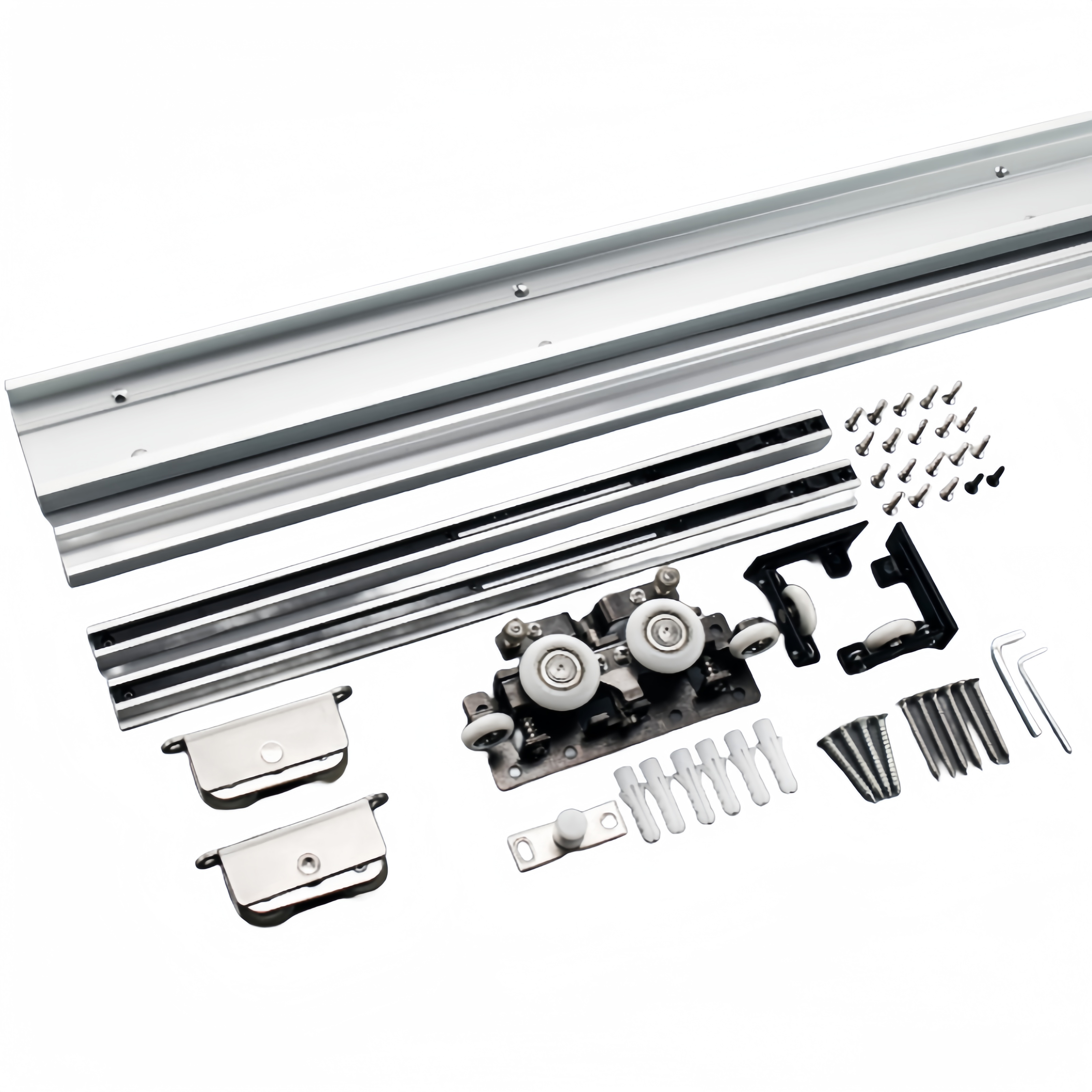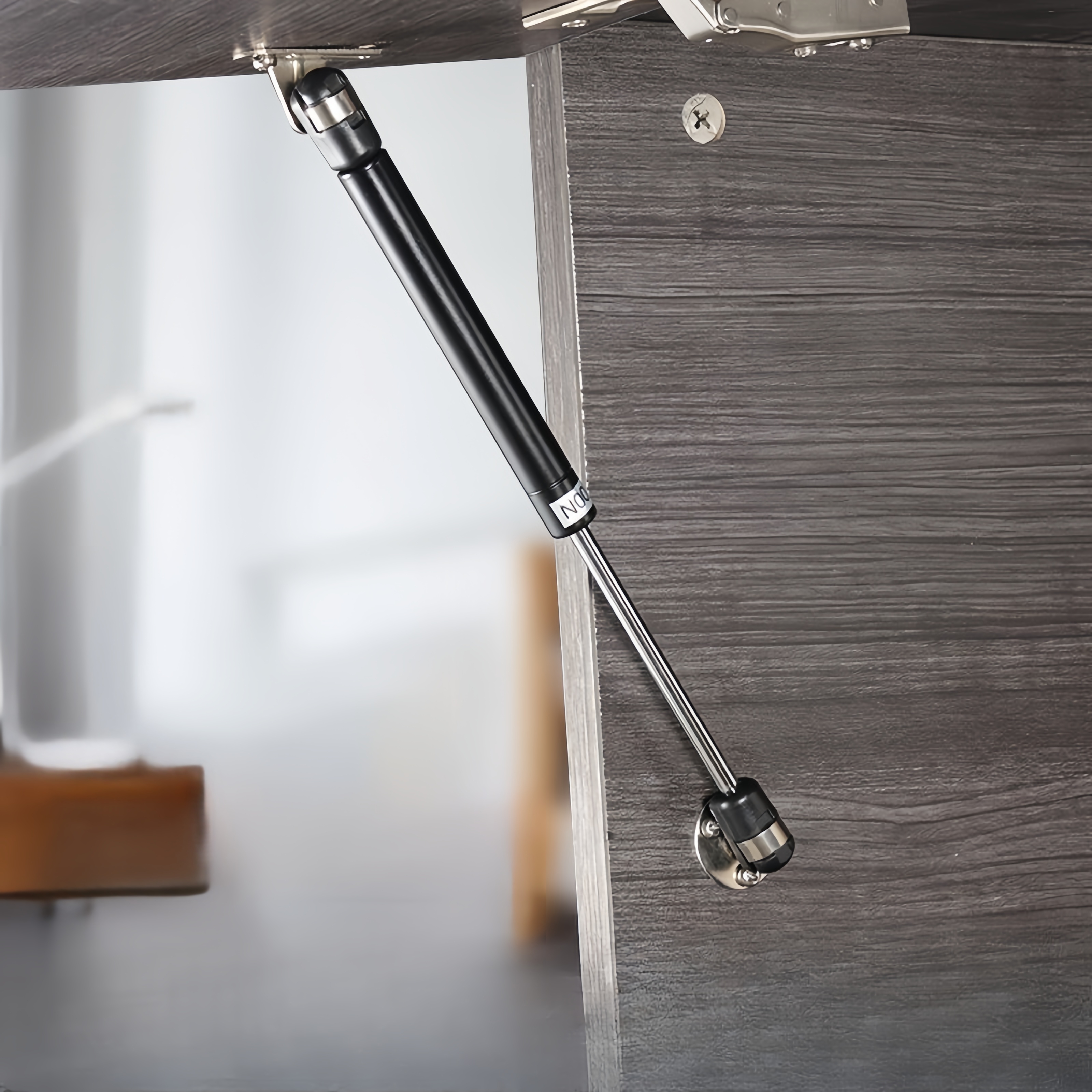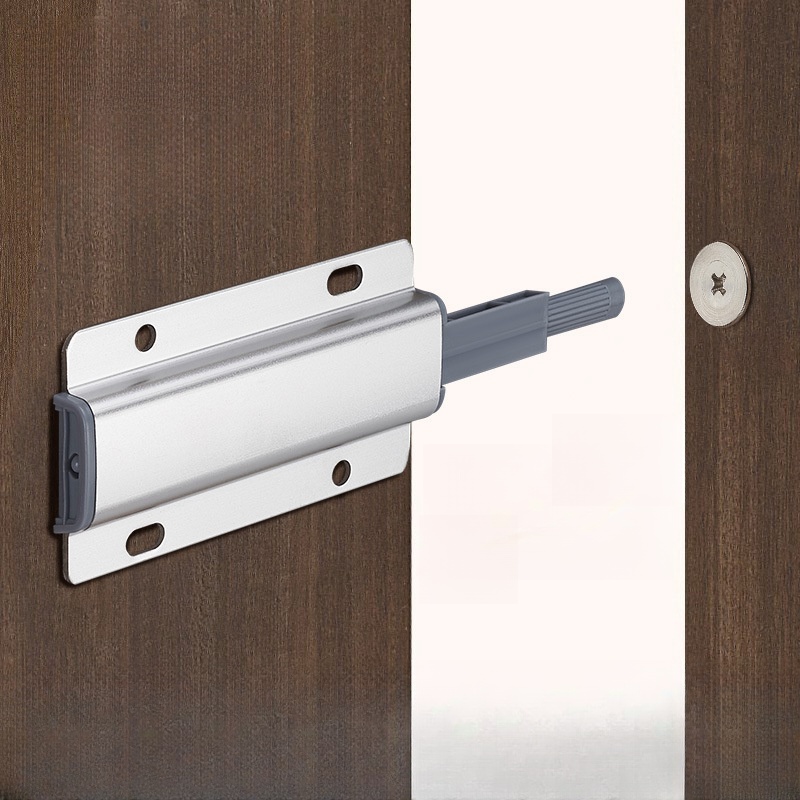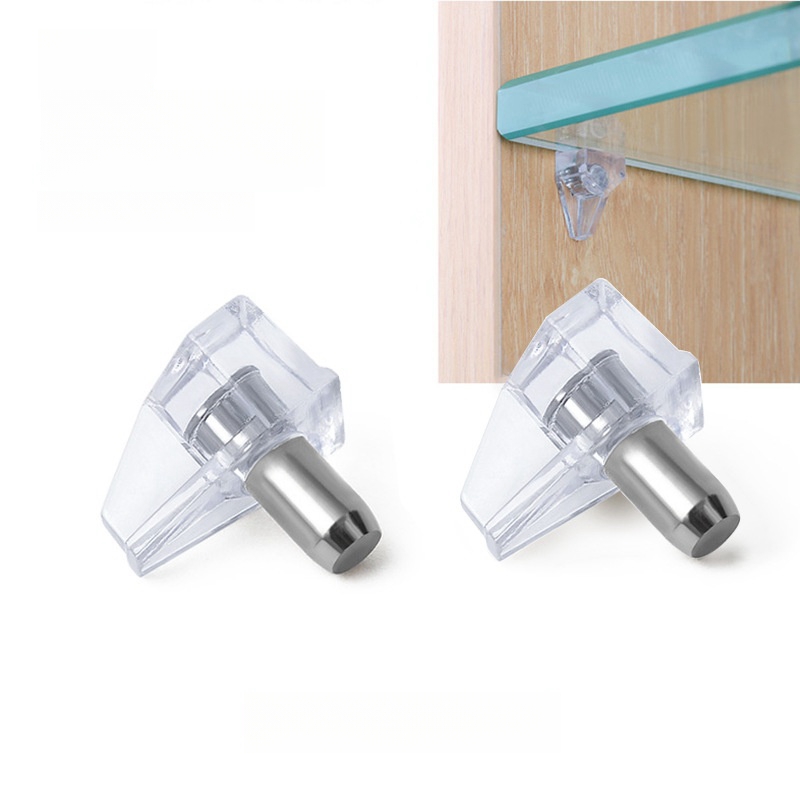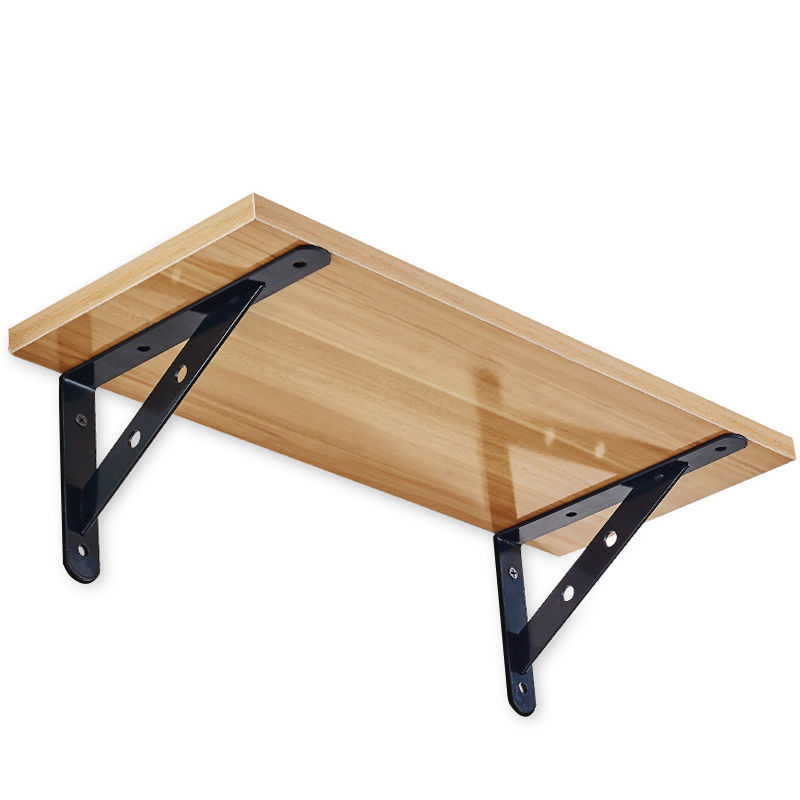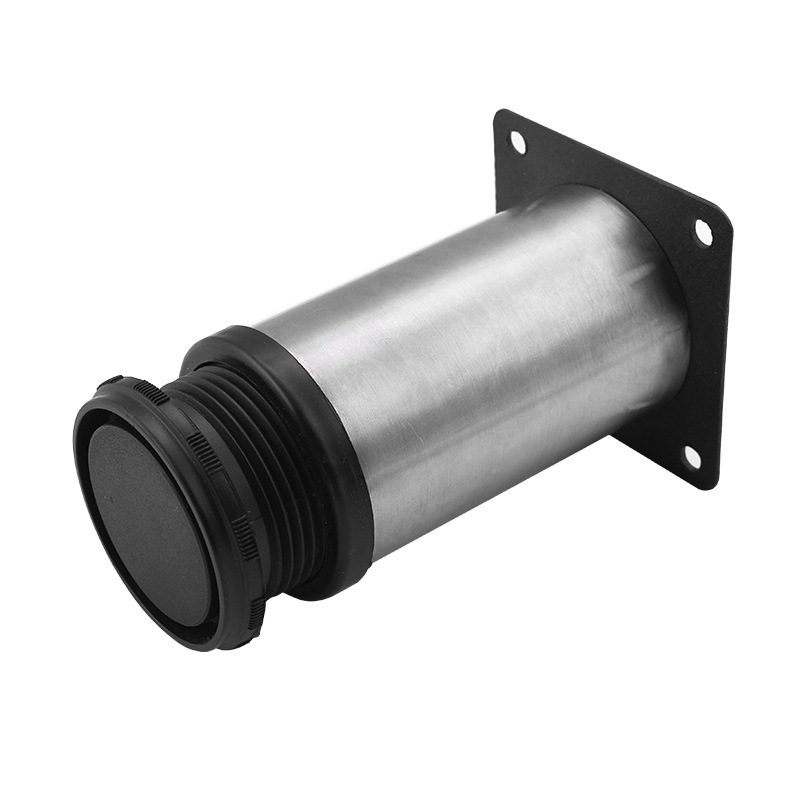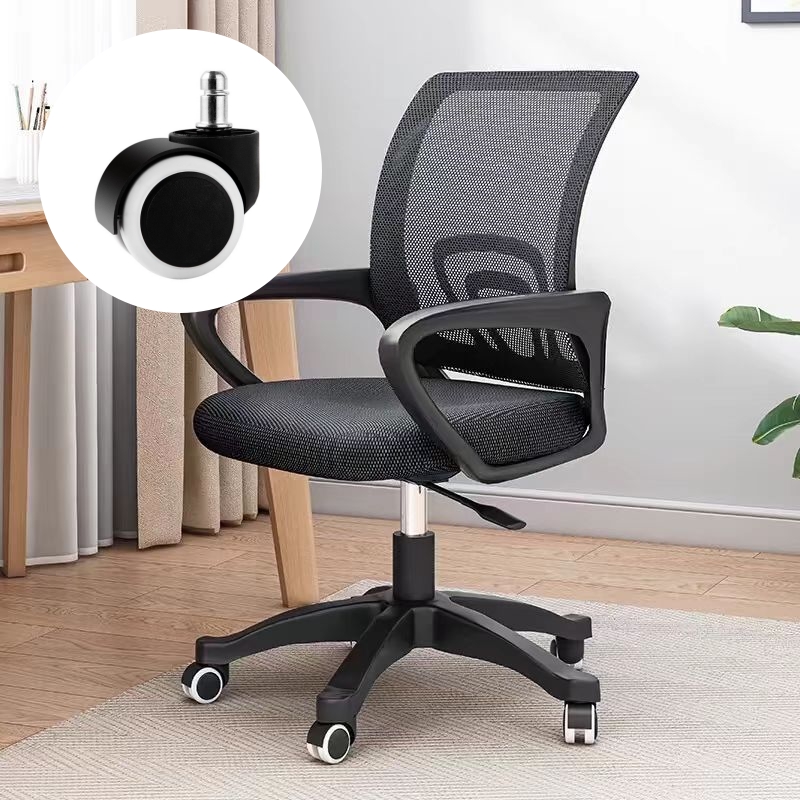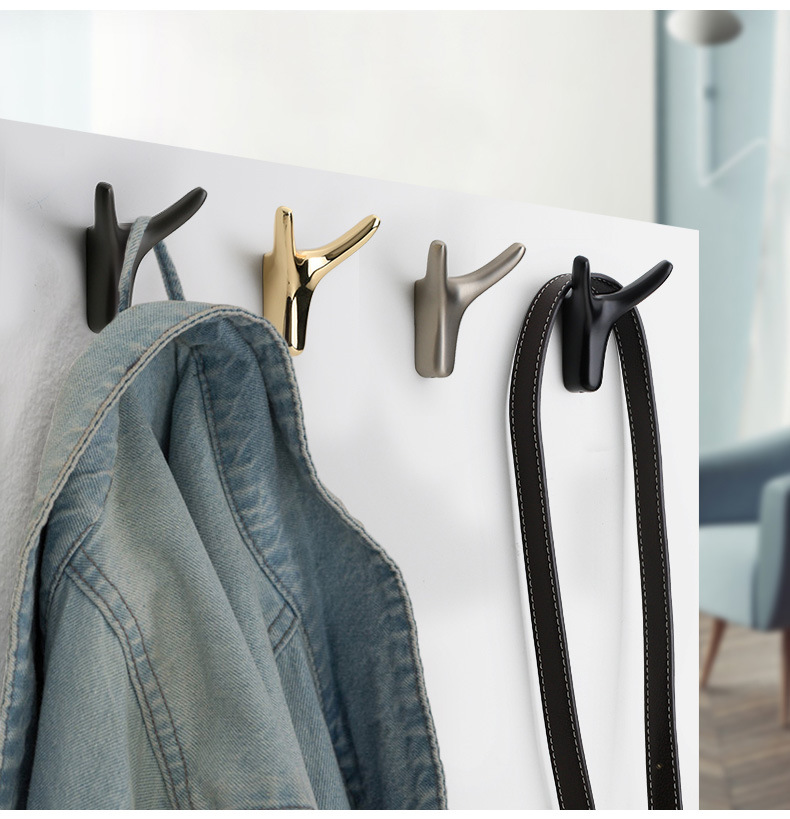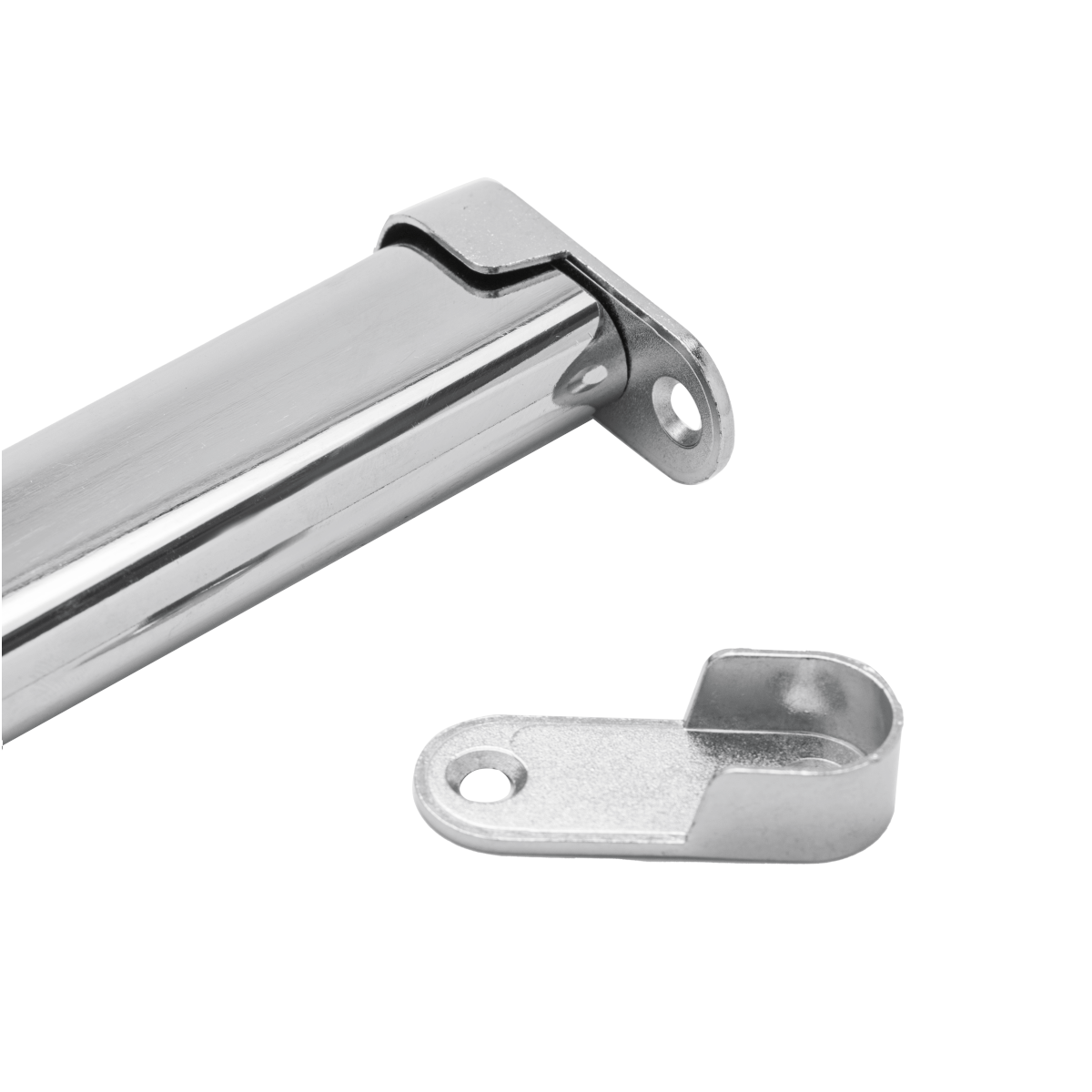
ABOUT
Guangzhou Toplink hardware Co., Ltd specialized in the production and export of furniture hardware fittings, with an experience of more than 14 years.
Our main products are drawer locks, cabinet hinges, sliding rails, cabinet handles, casters, cabinet legs and connecting fittings etc..
With a complete range of products, excellent performance and reasonable prices we have built up business with many customers all over the world.
We are committed to strict quality control and considerate customer service. We sincerely looking forward to becoming your best choice and the most reliable partner!
PRODUCTS
overhead garage door parts and hardware
The Power of Springs: Counterbalancing the Weight
The most critical components of an overhead garage door system are undoubtedly the springs. These high-tension springs are responsible for counterbalancing the weight of the door, making it relatively easy to lift and lower manually. Without these springs, opening and closing a garage door would require immense physical effort, presenting a significant safety hazard. Most garage doors utilize either torsion springs, wound around a shaft above the door, or extension springs, located on either side of the door, connected to the door's arms. Torsion springs are generally preferred for their compactness and quieter operation, while extension springs are often more affordable but can be more prone to breakage.
The selection of the right spring type and tension is crucial and depends on the door's weight and size. Improperly tensioned springs can lead to dangerous situations, such as the door falling unexpectedly. Therefore, any work involving garage door springs should be left to qualified professionals. The lifespan of garage door springs is limited, and they eventually wear out due to constant compression and release. Ignoring signs of worn springs, such as noisy operation or difficulty in opening or closing the door, can lead to premature failure and potential injury.
The Guiding Tracks: Ensuring Smooth Operation
The tracks, usually made of steel, are the pathways that guide the door's movement as it opens and closes. These tracks, often located on the sides of the garage opening, consist of channels that securely hold the rollers attached to the door. The smooth operation of the door hinges heavily on the condition of these tracks. Accumulation of dirt, debris, or rust can create friction, hindering the door's movement and potentially damaging the rollers and other components. Regular cleaning and lubrication of the tracks are essential for maintaining the door's efficiency and prolonging its lifespan.
Variations in track design exist, with some employing curved tracks for a smoother transition between vertical and horizontal movement. The integrity of the tracks is paramount for the door's safety. Bent or damaged tracks can cause misalignment, leading to uneven movement, excessive noise, and potential derailment of the door. Any signs of damage or bending in the tracks necessitate immediate attention and repair by a qualified technician.
Rollers and Cables: The Moving Parts
The rollers are the wheels that travel along the tracks, facilitating the smooth vertical and horizontal movements of the door. These rollers are usually made of nylon, steel, or a combination of both, offering varying degrees of durability and noise reduction. Nylon rollers are often preferred for their quiet operation and longevity, while steel rollers may be more robust but can be noisy.
Steel cables connect the door to the springs, playing a crucial role in counterbalancing the weight and ensuring smooth operation. These cables bear significant tension, and their condition is vital for safety. Wear and tear, fraying, or breakage of the cables can result in the door becoming unbalanced or falling, potentially causing injury or damage. Regular inspection of the cables for signs of wear or damage is crucial, and replacement is necessary if any issues are identified. This should only be done by a trained professional.
The Opener and its Mechanisms
For many homeowners, the convenience of an automatic garage door opener is essential. These openers employ various mechanisms, including chain drives, belt drives, and screw drives, to lift and lower the door. Chain drives are the most common and affordable, but they can be somewhat noisy. Belt drives offer quieter operation, while screw drives provide the smoothest and quietest operation, albeit at a higher cost. Each type of opener requires regular maintenance, including lubrication and cleaning, to ensure optimal performance and longevity.
The opener's motor, control board, and safety sensors are crucial elements that ensure safe and reliable operation. The safety sensors, typically located near the ground, prevent the door from closing on obstacles, protecting people and objects. Regular testing of these sensors is vital to ensure their proper functioning. Malfunctioning openers should always be serviced by a qualified professional to avoid potential safety hazards.
Handles, Locks, and Other Hardware
Beyond the major moving parts, numerous other hardware components contribute to the overall functionality and safety of the garage door system. These include handles for manual operation, locks for security, weather stripping for insulation and protection against the elements, and various brackets and fasteners that hold the entire system together. Regular inspection and maintenance of these components are necessary to ensure the door's continued reliable operation and safety.
The importance of choosing high-quality hardware cannot be overstated. Using substandard parts can compromise the overall performance, safety, and longevity of the garage door system. Regular inspection and replacement of worn or damaged hardware will significantly extend the life and ensure the smooth operation of the entire mechanism. Regular preventative maintenance extends the life of all of these components and ensures long-term safety and reliability.
SUBSCRIBE
INQUIRY
